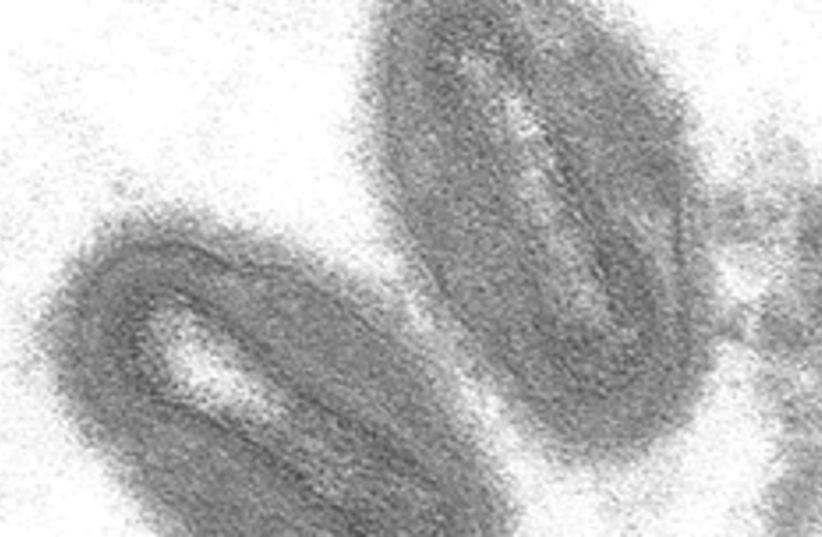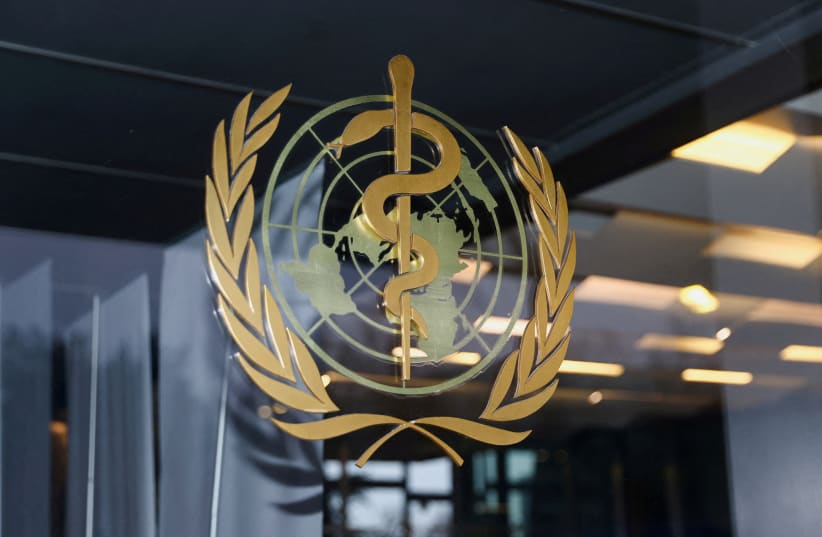While the world is on edge with the possibility of monkeypox turning into the next pandemic, one of the World Health Organization's leading advisers offered an explanation for the unprecedented outbreak of the rare disease in developed countries in recent weeks.
The suspect: close contact at raves
Dr. David Heymann, who formerly headed WHO's emergencies department, told the Associated Press in an exclusive interview that the likely cause of the monkeypox spread, which previously has not triggered widespread outbreaks beyond Africa, was sexual transmission among gay and bisexual men at two raves held in Spain and Belgium.
“We know monkeypox can spread when there is close contact with the lesions of someone who is infected, and it looks like sexual contact has now amplified that transmission,” Heymann told the AP.

Heymann's claim has been backed by Dr. Susan Hopkins of the UK Health Security Agency, who said that a significant amount of recent cases in the UK and Europe have been gay and bisexual men, the BBC reported. The disease itself is not related to sexual preference or unique to homosexual men.
WHO has recorded more than 90 cases of monkeypox in a dozen countries to date, including Canada, Spain, Israel, France, Switzerland, the US and Australia.
The first case of the disease in Israel was reported on Friday night, amid a largely Europe-centered outbreak of close to 100 cases, and confirmed a day later following diagnostic tests. The patient is reported to be in mild condition and doing well.
The Health Ministry is examining the supply of vaccines and relevant medications and is preparing to regulate the diagnosis as the number of infections in Israel increases. "At this stage, there is no concern of a pandemic of the same magnitude as COVID-19, but we must act in a focused and cautious manner," said Dr. Arnon Shahar, a member of the team.
US health officials on Monday confirmed one case, in the state of Massachusetts, and four probable cases — two in Utah, one in Florida and one in New York City. All were men who had traveled outside the US.
What is monkeypox?
Moneypox is typically endemic in animals. It's a disease caused by the monkeypox virus, itself a zoonotic disease that can infect certain animals and people. The virus was first identified in monkeys in the 1950s and the first human case was confirmed in 1970.
But cases have been cropping up this year after first emerging in the UK when a British resident returned from a trip to Nigeria. After that, it began to spread further. Now it has been seen in countries all over the world, most of them in Western Europe.
The disease can be deadly, with the death rate around 10% in worst cases, but it is usually mild.
Despite being related to the incredibly deadly smallpox, monkeypox tends to manifest as a milder version.
As is the case with smallpox, monkeypox produces similar skin lesions as well as rashes and blisters.
The disease also has flu-like symptoms, which tend to come first, including fatigue, back pain, muscle aches, fever, severe headaches and swelling of the lymph nodes — something the WHO notes is a distinctive feature of monkeypox.
This initial invasion period lasts briefly, and the skin eruptions manifest within 1-3 days after the fever does.
These skin eruptions are usually concentrated on the face, but they can also be present on the palms of hands, soles of feet, eyes and genitals.
There is no treatment or vaccine specifically for monkeypox. The best preventative measure is the smallpox vaccine. Routine vaccination of the American public against smallpox ceased in 1972 after the disease was eradicated in the US and most of the world, meaning that people under age 40 may not be protected.
Aaron Reich and Shira Silkoff contributed to this report.
